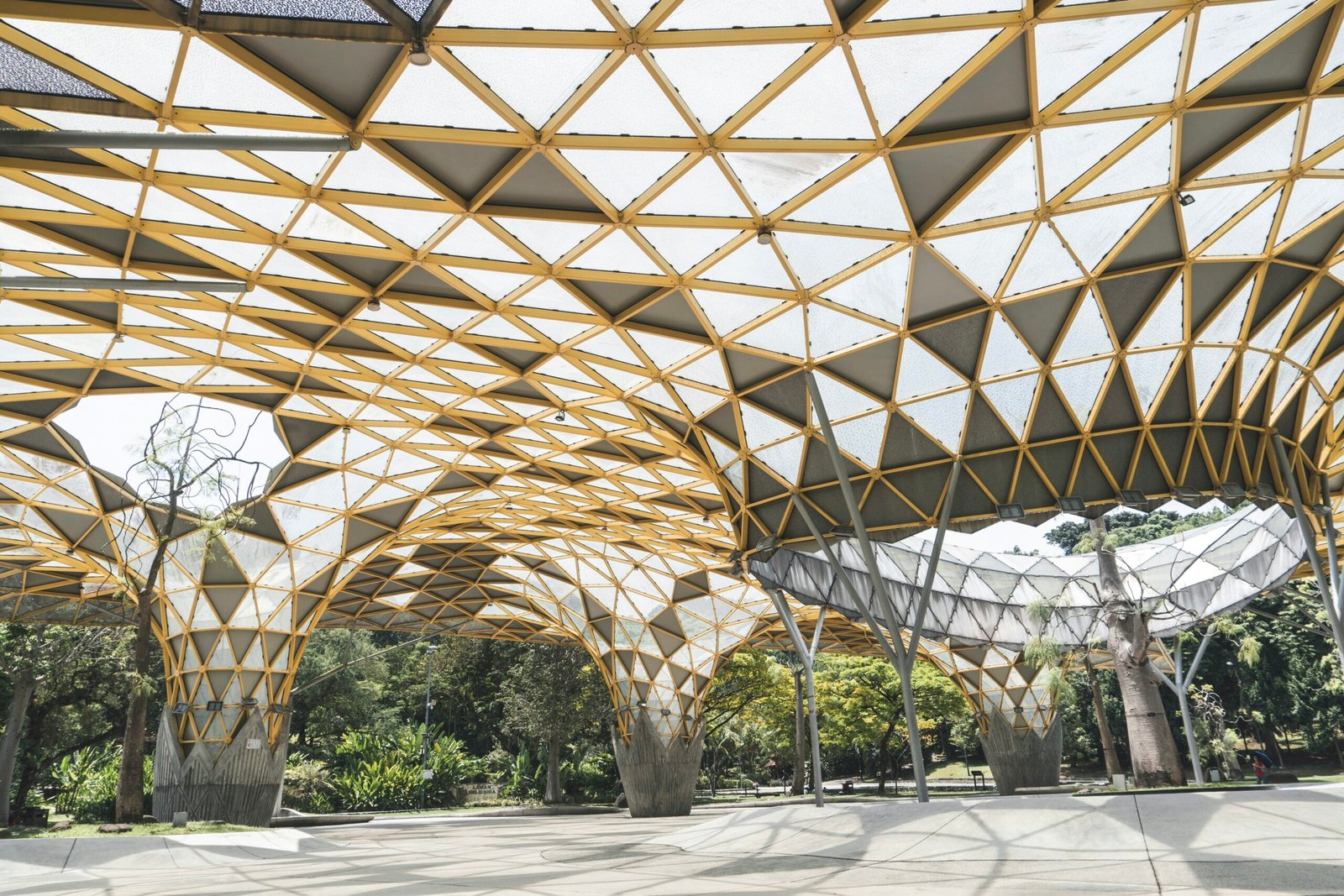Introduction to AI in the Roofing Industry
The integration of artificial intelligence (AI) into the roofing industry is transforming how roofing professionals approach material forecasting and selection. Historically, roofing material selection relied heavily on manual assessments, expert opinions, and experience-based decisions. While these traditional methods have served the industry for decades, they are often subject to human error, oversight, and the limitations posed by fluctuating market conditions. As a result, decision-making in this aspect can become arbitrary and inconsistent.
With advances in technology, AI has emerged as a game-changer, offering sophisticated algorithms capable of analyzing vast amounts of data quickly and accurately. This capability enhances the precision of material forecasts, allowing professionals to optimize their choices based on several variables, including weather patterns, historical performance data, and even supplier pricing trends. By harnessing AI, roofing contractors and suppliers can create a streamlined approach to material selection, reducing costs and improving project timelines.
The significance of AI in roofing extends beyond just forecasting; it encompasses the entire lifecycle of a roofing project. From design and installation to maintenance and evaluation, AI technologies enhance communication and collaboration among stakeholders. For example, predictive analytics can identify potential roofing issues before they arise, making it easier to implement preventative measures and avoid costly repairs. Furthermore, as sustainability becomes increasingly vital in construction, AI can assist in selecting eco-friendly materials, balancing quality and environmental impact effectively.
Given these advancements, the roofing industry stands at the brink of a technological revolution, where AI-driven solutions are set to play a paramount role in shaping the future of material forecasting and overall project management. As we delve deeper into this topic, it becomes crucial to explore the specific benefits that AI brings to roofing practices, highlighting its potential to address the limitations highlighted in traditional forecasting methodologies.
The Impact of AI on Material Forecasting
Artificial Intelligence (AI) has emerged as a transformative force in various sectors, notably revolutionizing the roofing industry through enhanced material forecasting. The integration of AI techniques such as machine learning and predictive analytics enables roofing professionals to make informed decisions based on comprehensive data analysis. This method enhances the accuracy and efficiency of forecasting, positively impacting project management and resource allocation.
By analyzing historical data and recognizing patterns—whether they stem from previous projects or market trends—AI can generate insightful predictions regarding future roofing material needs. For instance, machine learning algorithms can process vast amounts of data to uncover correlations between factors such as seasonal weather patterns, local construction activity, and even supply chain fluctuations. This ability to assess multiple variables simultaneously allows roofing contractors to optimize their material orders to match projected demand accurately, thus minimizing waste and reducing costs.
Moreover, examples of successful AI applications in roofing material forecasting illustrate its tangible benefits. One case study features a roofing company that employed predictive analytics to assess material usage based on climatic conditions. By leveraging AI, the organization improved its forecasting accuracy by 30%, allowing for more efficient inventory management and timely project completion. Similarly, another contractor utilized machine learning to analyze historical project data, enabling them to predict material shortages well in advance, therefore mitigating delays caused by unpredictable supply issues.
These advancements underscore the potential of AI in refining material forecasting processes within the roofing industry. With the capacity to transform data into actionable insights, AI not only improves decision-making but also fosters a proactive approach to resource management.
Challenges in Implementing AI Solutions
The integration of Artificial Intelligence (AI) in the roofing sector presents significant challenges that companies must navigate to realize its full benefits. One of the primary hurdles is related to data quality. Roofing companies often rely on a plethora of data, from historical project metrics to weather patterns, but this information may be fragmented, outdated, or inconsistent. Inaccurate data can lead to flawed AI outputs, undermining decision-making processes. Ensuring the data collected is accurate, relevant, and comprehensive is essential for effective AI implementation.
Another critical challenge is the initial investment required for advanced AI tools. The cost of AI technology can be substantial, including expenses related to software, hardware, and maintenance. Smaller companies, in particular, may find it difficult to allocate financial resources towards such technologies. This investment must be weighed against potential long-term benefits, making it crucial to establish a clear return on investment (ROI) strategy prior to committing to AI solutions.
Moreover, workforce training can pose a significant barrier. The successful implementation of AI tools necessitates that staff are equipped with the requisite skills and knowledge to utilize these technologies effectively. This often involves extensive training programs, which can be time-consuming and may encounter resistance from employees accustomed to traditional methods. Periods of transition can be challenging, especially if employees perceive AI as a threat to their job security.
Resistance to change within longstanding industry practices further complicates the adoption of AI in roofing. Many firms have established workflows that are deeply rooted in tradition, and introducing new technology can be met with skepticism. Open communication about the potential advantages of AI, combined with demonstrations of its effectiveness, can help mitigate these concerns. By recognizing and addressing these challenges proactively, roofing companies can overcome obstacles and embrace the transformative potential of AI in material forecasting.
Future Trends and Conclusion
The roofing industry is on the cusp of significant change as artificial intelligence continues to evolve and make its mark. One of the most promising trends is the development of advanced algorithms capable of analyzing vast datasets, including weather patterns, market demands, and material longevity. This not only allows roofing companies to forecast the required materials more accurately but also helps them optimize their inventory management. Anticipated advancements in AI technology could also lead to the integration of machine learning models that adapt to new information over time, continually enhancing the forecasting process.
Furthermore, the digital transformation sweeping through various sectors is becoming increasingly evident in the roofing industry as well. Companies are exploring the use of drones for aerial surveys, capturing detailed data that AI can then process to inform material requirements and installation techniques. The application of AI alongside 3D modeling and augmented reality can lead to more precise planning and execution, reducing waste and increasing efficiency during the roofing process.
To stay ahead of the curve, roofing companies must embrace these emerging trends. Investing in AI-driven technologies not only improves material forecasting but also enables better decision-making and operational efficiency. Training staff to effectively utilize these technologies will position companies favorably within an industry that is moving towards automation and data-driven strategies. Engaging with AI tools will ultimately lead to enhanced customer satisfaction, as projects will be completed with greater accuracy and on schedule.
In conclusion, the transformative potential of AI in roofing material forecasting is undeniable. As the industry continues to evolve, companies that prioritize AI integration will not only improve their forecasting capabilities but also elevate their overall operational efficiency. By adopting these innovations, roofing professionals can navigate the future confidently, ensuring they meet the demands of an increasingly competitive marketplace.









